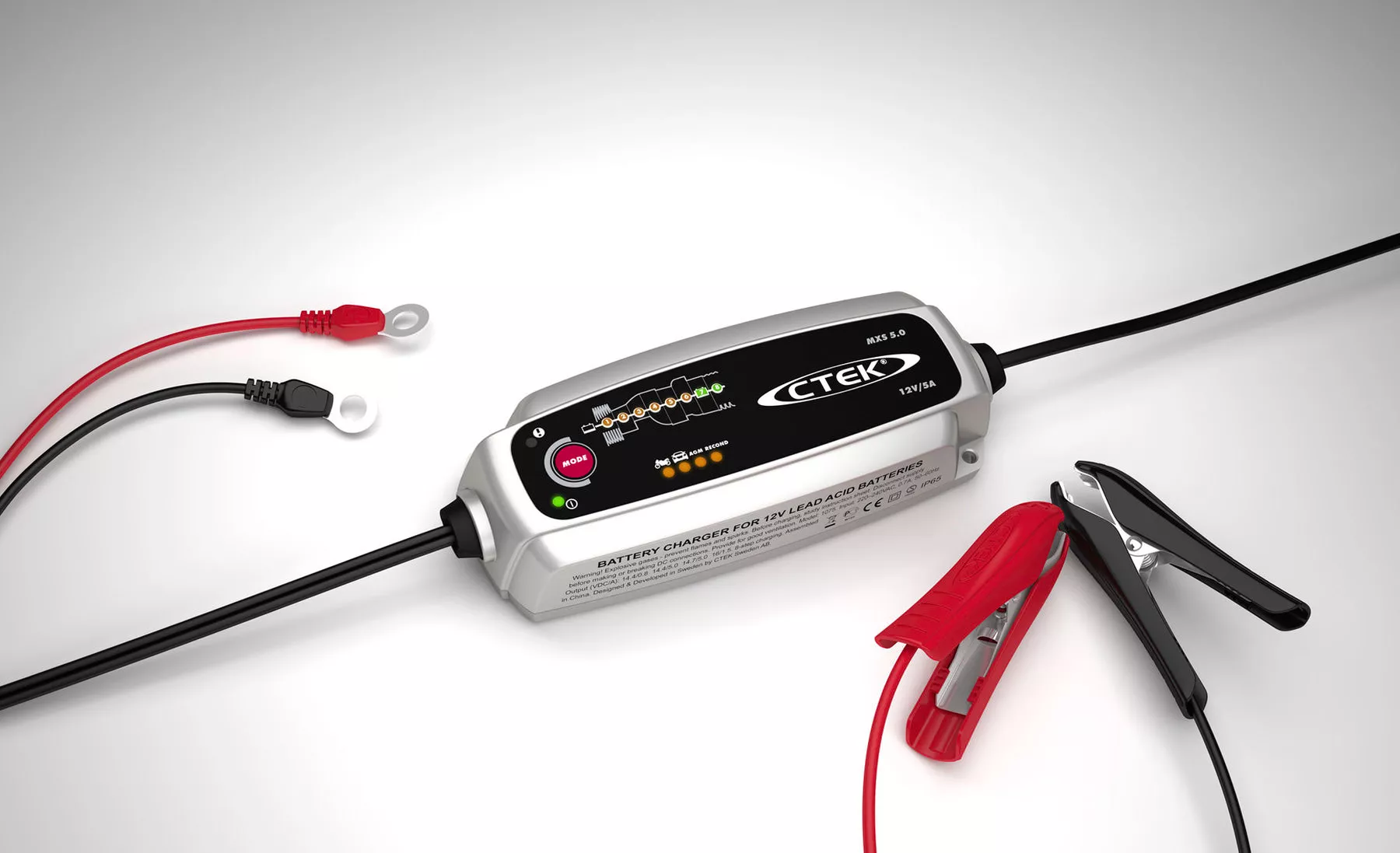A buying guide for car battery charging
My top tip is to consider the features you really need – don’t get seduced by loads of features you won’t use (apart from valuable safety features). Fewer user-selectable features results in an easier user-experience, reduce risk and fewer expensive mistakes.
Safety
Of course safety is top of the list. Charging automotive vehicle batteries can be dangerous. Complications car involve: electrical fires, toxic fumes that can damage your lungs and/or asphyxiate you or, flammable gasses that can build up and explode. Make sure you charge in a well ventilated area, and not in an attached garage whilst you and your family sleep. See a safety guide here.
There are several features to look for that can not only keep you safe, but also prevent expensive damage:
- automatic shut-off: smart chargers either turn off when the battery is charged, or switch into a battery maintenance mode to prevent overcharging. They may also switch into a power save mode, if not connected to a battery, in order to prevent accidents and wasted electricity.
- reverse polarity protection: it can be so easy to accidentally connect the charger cables and terminals the wrong way round, so this avoids potential damage to the car and the charger – which could be dangerous, or expensive
- short circuit protection: accidentally touching the two ends of the charging cables together can blow fuses or ruin chargers, resulting in an expensive replacement.
- spark-proof technology: if a battery is ‘off-casing’ flammable gas, the last thing you want is a spark that ignites it.
Ease of use is key
aka “idiot proofing”: it only takes a one wrong move to damage your car, or the charger – look for reverse polarity safeguards, and other built in protections (see list above) to help keep you from making expensive mistakes.
Avoid buying a charger with lots of features. A specialist car battery charger for 12v batteries will be fine for the majority of users. Options for 6V, 24v or Lithium battery charging are superfluous for the majority. Keep it simple and avoid mistakes.
For all the reasons above, the best chargers are ‘intelligent’. They automate the process (charge, restore, condition and maintain) and make it a piece of cake to charge all common car and motorcycle batteries.
Manage battery health and extend service life
If you know what you’re doing, and for occasional use, you can charge a car battery up to a usable percentage of charge by using a AC/DC power supply. Of course, there are risks in doing this (see safety section above). But it can also damage a battery and reduce its service life.
Instead, look for intelligent smart chargers that adapt voltage and current flow according to battery charge level and ambient temperatures. Even better – look for chargers that will automatically shut off or ‘maintain’ a battery once it is charged. Over-charging can seriously limit battery lifespan and can damage sensitive electronics
Automatic battery conditioning can also be very useful (and extend battery life). Some battery technologies are more prone to sulphation and/or stratification (see this explanation of battery charging modes). A good quality charger will have specific features to reduce the effects of these battery problems. By employing these different charging modes to ‘condition’ the battery, it is possible in. many cases to restore lost capacity and voltage, and extend the service life.
Recommendation?
If you are looking for a good quality car battery charger then try the award winning CTEK MXS 5.0 on amazon. The Noco Genius range is good too. Read a comparison here…

Leave a Reply